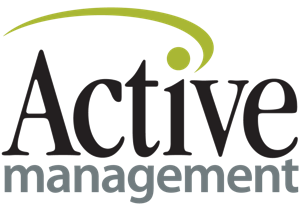Do We Use ‘Dollar’, ‘$’ or Nothing?
Thanks to Amber from Bodycare Health Club for sharing this valuable insight with me.
Over the past few years, pricing analysts have discovered it’s much more effective to price goods without the dollar symbol. By leaving ‘$’ off the menu, apparently we’re led to believe that an item isn’t as expensive.
Researchers at New York’s Cornell University tested the theory at a city cafe by offering three types of menus. The first menu had prices listed with a dollar sign, the second without a dollar sign and the third with the word ‘dollar’ spelled out.
The results of the study showed that when prices were listed with the dollar sign, customers spent less. Conversely, when the dollar sign was missing, they happily splurged more. Even when the word ‘dollar’ was spelled out, people felt the pain of the price.
This is because a dollar sign, and even the word ‘dollar’, tends to be associated with having to pay. And as we all know, having to pay is not the good times. This negative sentiment leads us to believe that items are more expensive than they really are.
It’s a similar story with the old 99 cent trick too. It seems that $9.99 is more closely associated with $9 than $10 and so appears cheaper than it is.
A study was carried out on this phenomenon by Professor Robert Schindler at Rutgers Business School. Schindler found the 1 cent difference between pricing products at .99 and .00 had ‘a considerable effect on sales’, with .99 priced products far outselling those priced at a round dollar.
A better example is University of Chicago’s Kenneth Wisniewski’s look at margarine pricing. Wisniewski observed that when the price of margarine dropped from $0.89 to $0.71 at a local grocery chain, sales went up 65%. However when the price was clipped by another two cents to $0.69, sales spiked a whopping 222%.
What is your pricing model? How do you write your prices?

Justin is the Managing Director of Active Management, which he began January 2004. He offers coaching to businesses worldwide in everything from start up and design to marketing and sales systems. Justin also facilitates four Australian and New Zealand ‘fitness industry roundtables’ events, which allows him to see a huge cross section of business models.
